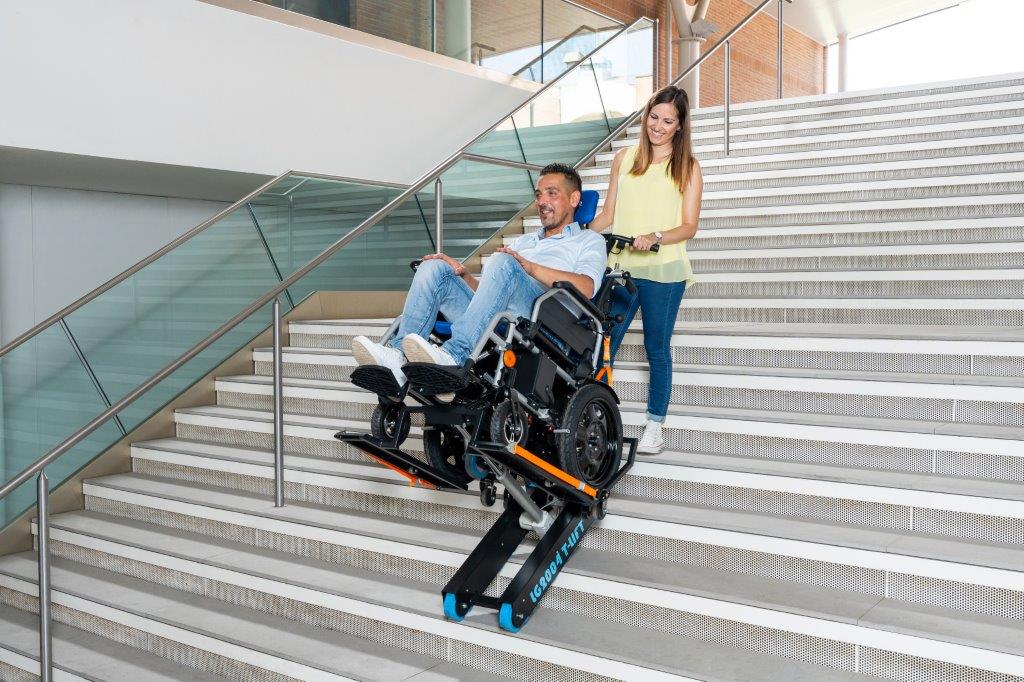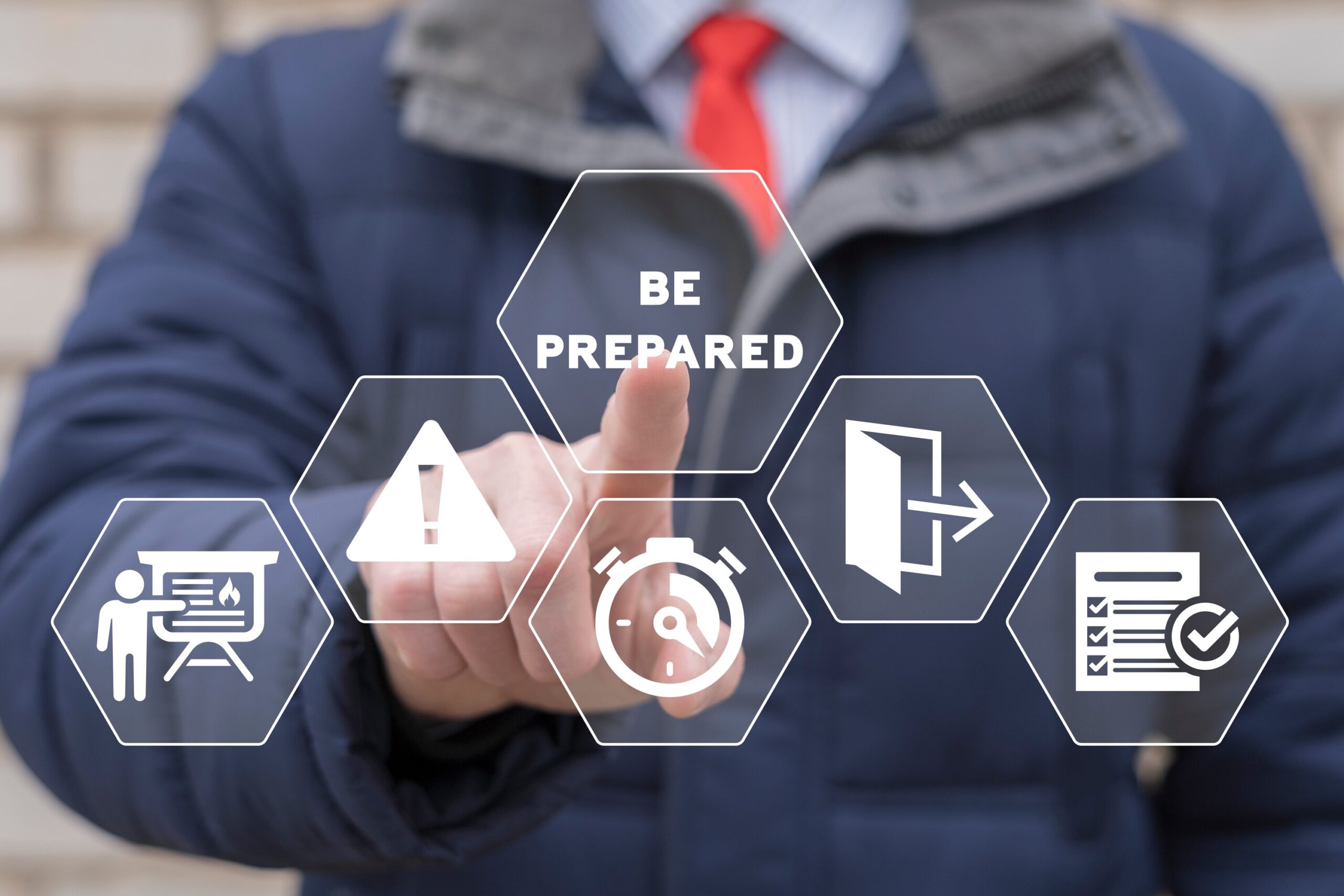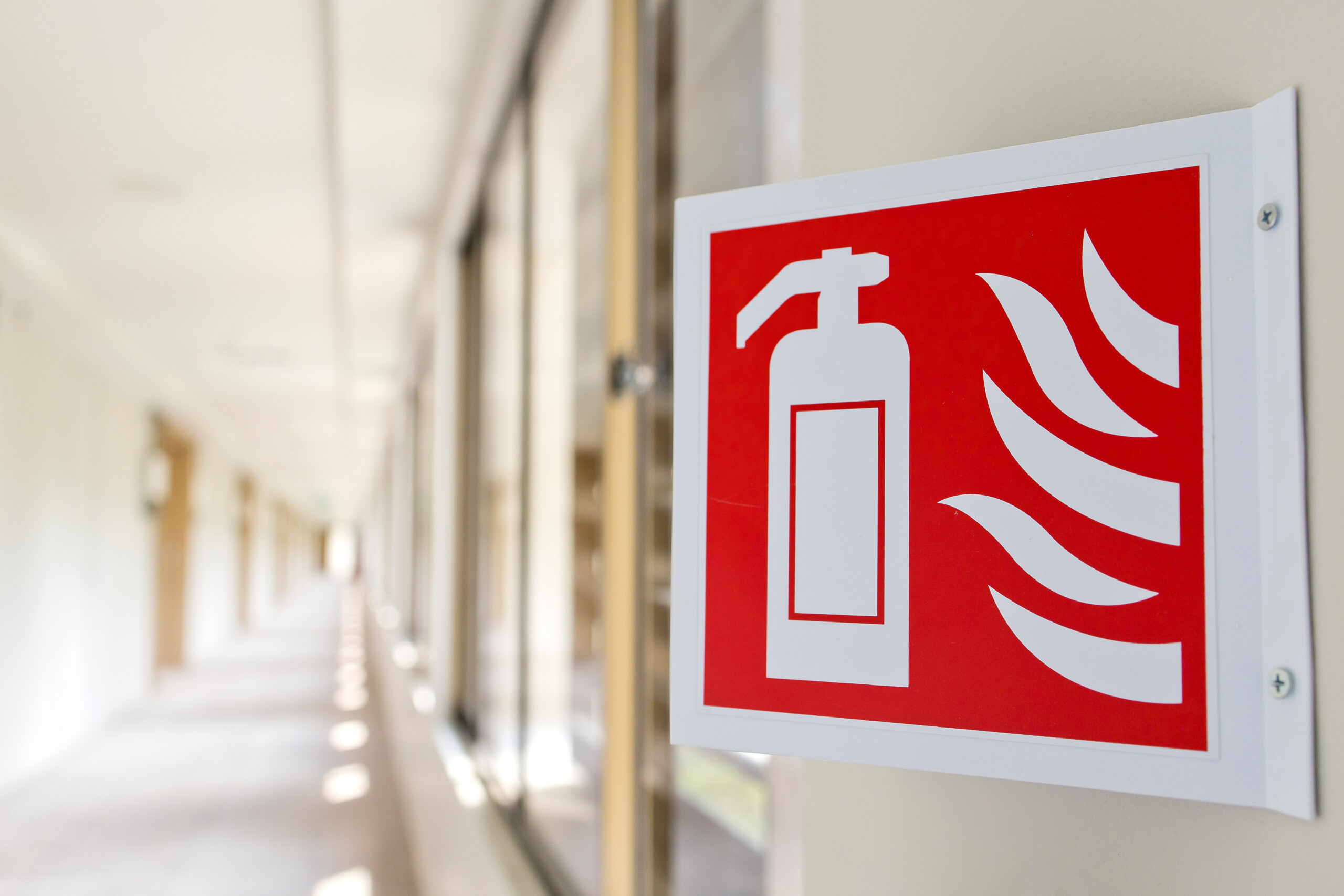Top 5 Misconceptions About Evacuation Chairs: Myth-busting who they’re for, when they’re used, and why…

Top 3 Mistakes Facilities Managers Make When Choosing Evacuation Equipment
Top 3 Mistakes Facilities Managers Make When Choosing Evacuation Equipment
And how to avoid them with confidence and clarity
At Evaccess, we’ve spent years supporting facilities managers across education, healthcare, transport, and the public sector. And we see the same critical mistakes again and again when it comes to evacuation planning – especially for individuals with mobility challenges.
Choosing the wrong evacuation equipment isn’t just a purchasing error. It can result in failed evacuations, injury, and liability. The good news? These mistakes are entirely avoidable with the right advice, assessments, and strategy.
Mistake 1: Choosing Equipment That Requires a Transfer Out of the Wheelchair
Why it happens: Some equipment on the market still assumes that wheelchair users can be lifted or transferred onto evacuation chairs. On paper, it looks manageable. In practice, it’s unsafe, undignified, and often impossible during a real emergency.
Why it’s a problem:
- Transfers delay evacuation
- Increases risk of injury (for both evacuee and staff)
- Undermines dignity and independence
- Often not compliant with modern safeguarding expectations
What to do instead:
Prioritise evacuation solutions that allow users to remain in their own wheelchair. For example, our Super-Trac TRE-70 and LG2004 T-Lift allow for secure, safe evacuation without the need for transfers or manual lifting.
“If your evacuation strategy relies on taking someone out of their chair, it’s not fit for purpose.”
Mistake 2: Buying Equipment Without a Site-Specific Assessment
Why it happens: Procurement teams often purchase devices based on online specs, general recommendations, or budget constraints—without understanding the actual layout, staircases, or structural demands of their building.
Why it’s a problem:
- Equipment may not fit your staircases or turning angles
- Devices may be too heavy or cumbersome for staff to use
- Incorrect solutions may cause bottlenecks or safety hazards
- You risk non-compliance with accessibility or fire safety regulations
What to do instead:
Start with a professional site assessment. Evaccess offers tailored audits to ensure your chosen evacuation equipment fits your space, staff capabilities, and building regulations – before you invest.
Mistake 3: Assuming Staff Will “Figure It Out” in a Crisis
Why it happens: Equipment gets purchased and stored, but training gets overlooked. In a real emergency, untrained staff are left trying to use unfamiliar equipment—under pressure.
Why it’s a problem:
- Increases panic and response times
- Creates dangerous misuse or device failure
- Leaves staff legally exposed if something goes wrong
- Damages trust with employees, students, or service users
What to do instead:
Pair equipment with professional, hands-on training. Our Evaccess training sessions ensure your team knows exactly how to deploy each device safely, swiftly, and with confidence.
If your fire strategy can’t evacuate a wheelchair user with speed, dignity, and safety, then it isn’t fit for purpose.
The Evaccess Approach: Practical. Compliant. Dignified.
We don’t just sell equipment- we partner with facilities managers to deliver:
- Site-specific evacuation strategies
- Safe, non-transfer evacuation options
- Staff training and compliance support
- Ongoing advice from real-world experts
If you’re unsure about your current equipment or want to avoid these costly mistakes, we’re here to help.
A Partner in Compliance, Safety & Strategy: We’re not just equipment providers – we’re accessibility experts.
From site assessments and compliance advice to hands-on training, we partner with Fire and Rescue Services (FRSs) and safety leaders to ensure evacuation plans are practical, scalable, and legally sound.
Evaccess specialises in innovative evacuation solutions that address the challenges of safely evacuating individuals with disabilities or mobility impairments.
Our expertise ensures that institutions have access to tailored equipment designed for real-world use, preventing dangerous scenarios where ill-fitting or inappropriate evacuation devices could fail in a crisis.
The Evaccess Commitment
Beyond providing evacuation equipment, Evaccess is dedicated to supporting organisations in meeting modern safety and accessibility standards.
The team offers expert guidance, compliance support, and hands-on training to ensure that evacuation plans are practical, effective, and legally compliant.
Call us for advice and information. 0121 444 3690



